How Tatar writers lived in the 1930s: Jalil — at Rabfak, Taktash — in the passage, Kamalovsky — in the TYuZ
A walk through the centre of Kazan from the point of view of a literary critic
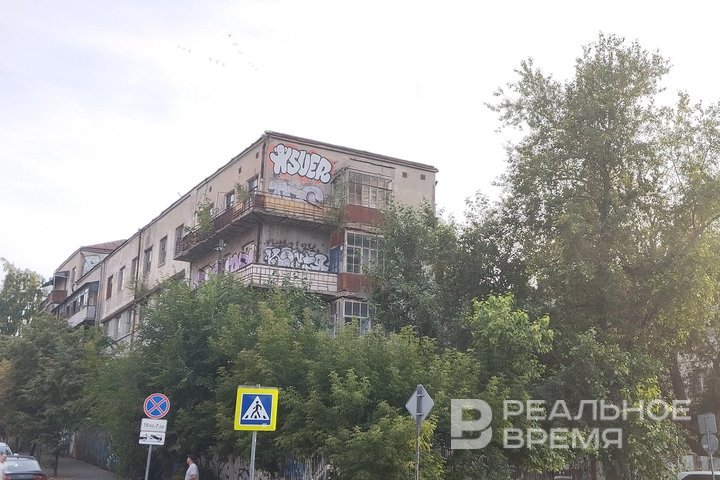
Within the framework of the Achyk University project/Open University, the World Forum of Tatar Youth held the Literary Kazan of the 1930s excursion. The director of the House of Tatar Books, Aidar Shaykhin, took me to places associated with the lives of writers, poets, and critics. The correspondent of Realnoe Vremya remembered the houses and surnames he was talking about and put together a guidebook.
Main building of the Kazan Federal University (Kremlevskaya, 18)
The university building is known for the fact that a literary circle worked there, in which, for example, Galimdzhan Ibragimov participated. Here, Shamil Usmanov read the first version of the story “Radio From The Pamirs”, was harshly criticised, so he rewrote the essay.
Also, one of the figures associated with the university landscape is little-known writer Fakhri Asgat. His literary legacy includes two collections of short stories, one, autobiographical, telling about a tuberculosis patient, includes the university clinic (where the information technology centre is now located, and before there was even its own morgue) and the anatomical theatre.
After Asgat's death, friends dedicated many works to him. The 24-year-old writer is buried in the memorial area of Gorky Park.
Besides, near the university, where UNICS now begins, there was the poet's house, journalist and youth idol Khadi Taktash. During the construction of the complex, it was decided not to move the project, but to demolish the house. Promising to open a corner in UNICS or at least hang a plaque. None of this was done.
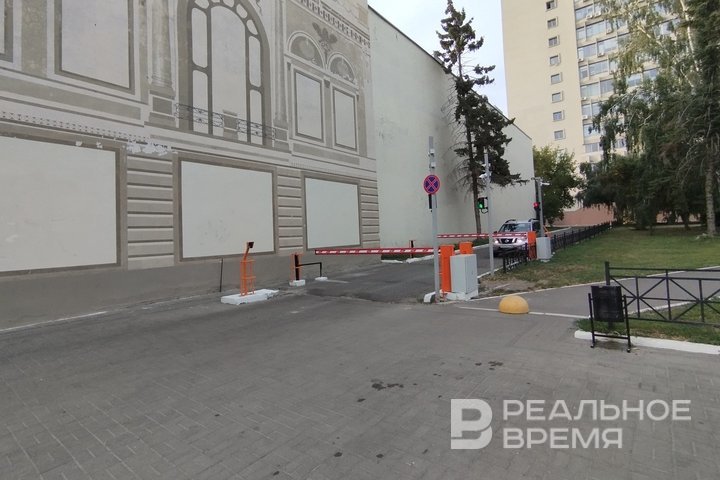
Kazan Scientific Centre of the Russian Academy of Sciences (Lobachevsky, 2)
At first, the house of the brother of Kazan Governor-General Ivan Baratayev stood here with a view of the future Lobachevsky Square, then it was bought by merchant Ismagil Apakov, a merchant of manufactory, grain, and bricks. And so Olga Alexandrova-Gaines bought the four-storey building, converted it into three floors and opened a gymnasium named after Grand Duchess Xenia, daughter of Alexander III.
After the revolution, Musa Dzhalil studied here at the Tatar Rabfak. The students were fed, given sheets and mattresses. They moved there in 1925 from the Staro-Tatarskaya Sloboda. Dzhalil recalled: “During the years of the Rabfak, there was a revolution in my work. In 1924, I began to write quite differently. The revolutionary struggle, the working days of factories, the themes of the new village are included in the poems in their real-life form.”
Later, the Kazan branch of the USSR Academy of Sciences was located here, and in 1957 a laboratory building appeared near the building from Lobachevsky Street.
There was also the Institute of Language, Literature and Art with a folklore room, in which Shaikh Mannur, Khamit Yarmi, Gumer Bashirov worked among famous writers.
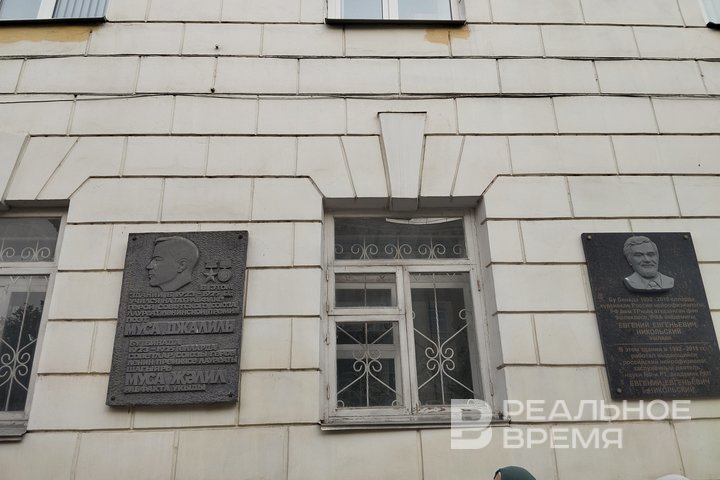
The house where Gumer Gali lived (Kavi Najmi, 24)
Against the background of Mergasovsky's self-destructing house, the neighbouring building is not noticeable at all. When a board about Gumer Gali appeared here, it was lost, which was quite expensive. They had to put the second one — it was damaged, so a third appeared.
Gumer Gali was primarily a literary critic. For several years he managed the magazine Beznen Yul, one of the predecessors of Kazan Utlary, was in charge of the art sector of the Tatar Book Publishing House, chaired the Tatar Association of Proletarian Writers, participated in the creation of the Writers' Union of the Republic of Tatarstan. They called him the “prime minister of literature”.
He was taken from this house across the Black Lake to the NKVD, accused of anti-Soviet nationalist activities and Trotskyism. After 10 years, he lived for 2 years in the wild, was arrested again. In 1954, he was killed in the village of Podporozhye in the Krasnoyarsk Krai. A young girl came to Gali, asking him to write a cassation complaint. Her recidivist lover Burebay ran after her, to whom the writer for some reason lied that his lady had not visited him, he grabbed an axe... Only recently they managed to find Gali's grave.

Mergasovsky house (Dzerzhinsky, 18)
Known for both the urban protection campaign, the play “Mergasovsky” in the “Corner” and the opera “Kavi-Sarvar”, this house, of course, was not built for centuries, taking into account the fact that everything was used as materials — bricks, reeds, manure, wood...
Kavi Nadzhmi, the first chairman of the Board of the TASSR Writers' Union, lived here. From here, he and his wife, translator Sarvar Adgamova, were taken to the NKVD. He was released in 1940. After Nadzhmi, in particular, he was engaged in the rescue of poet Fatakh Karim from prison and the rehabilitation of Musa Dzhalil.
For three years, Abdullah Alish, a member of the anti-fascist underground, who was executed in the Plettsensee military prison in Berlin, lived in the house. He is the author of many children's works. And the story “By the Bright Lake”, dedicated to the construction of the first Kazan thermal power plant.
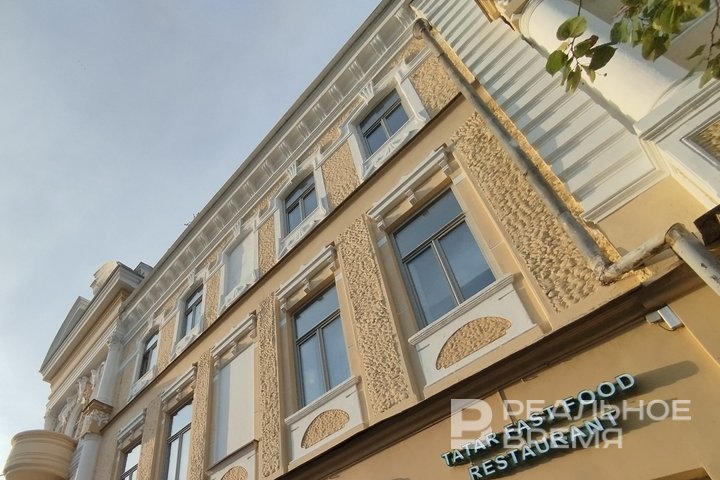
Chernoyarovsky passage (Kremlevskaya, 21)
Tatgosizdat publishing house, editorial offices of the magazines Chayan and Azat Khatyn, the Kyzyl Tatarstan newspaper worked on the ground floor of the former pre-revolutionary shopping centre. This means that Khadi Taktash constantly worked in the passage, Fatikh Karim and Wafa Burnash lived there. Unfortunately, there are no commemorative plaques on the building now.
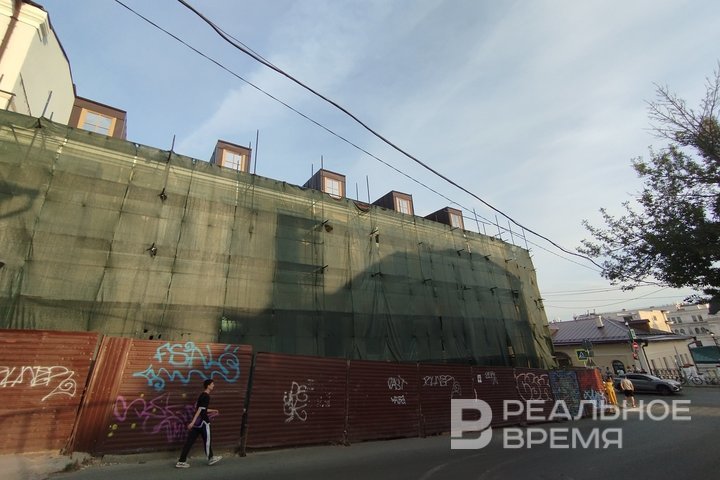
The house where Karim Tinchurin lived (Profsoyuznaya, 5)
The building is now covered with scaffolding — this is the last address of the Tatar playwright. From here, the founder of the Tatar Drama and Comedy Theater was taken away for interrogation on September 17, 1937. As his widow Zahida Tinchurina recalled, she handed over many things to her colleagues for safekeeping. Therefore, there is a version that the writer's desk, which we now see in the House of the Tatar Book, in the memorial apartment of Sharif Kamal, belonged to Tinchurin.
By the way, initially it was the house of merchant Tikhonov, owned by the leader of the nobility of Kazan and Tsarevokokshaysky counties Nikolay Boratynsky, and at the end of the 19th century Dombrovsky's printing house worked here.

Nogay Hotel (Bauman, 19)
The former Printing House, built in 1935 and united the disparate printing houses and editorial offices of the city. Not only for the literature of the 1930s, but also in the subsequent it was an important place: books were printed here, writers served in magazines, the State Committee of the TASSR for Publishing, Printing and Book Trade, the Tatar Book Publishing House, the board of the Writers' Union, the Tukay Writers' Club met.
In a modern hotel, you can see, for example, Musa Jalil's desk and generally learn some information about the building's past.
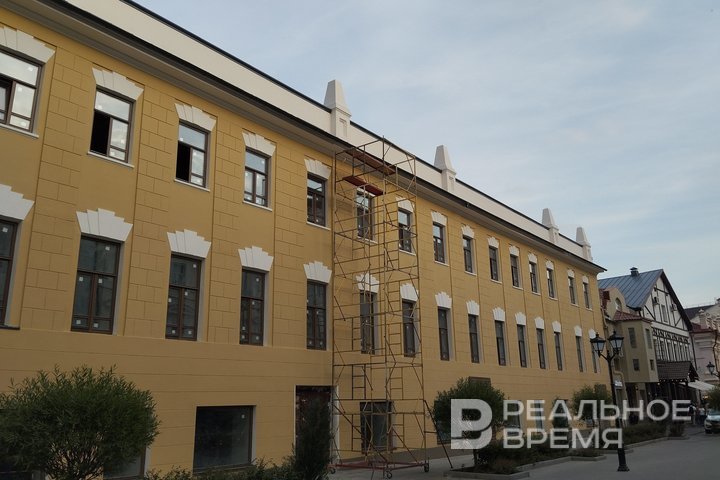
Sveshnikov House (Kavi Najmi, 10)
Before the revolution, the Nikolsky Rooms Hotel or the Grand Hotel was here. And in 1919, the headquarters of the 1st separate Volga Tatar Rifle Brigade entered, the commissar of which was the previously mentioned Shamil Usmanov. After that, the hostel of the Kachalov Theater was located here, and actress Gulsum Bolgarskaya, writer Riza Ishmurat also lived. The Actor's House had been working there since 1942, before moving to the building on Shchapov Street.
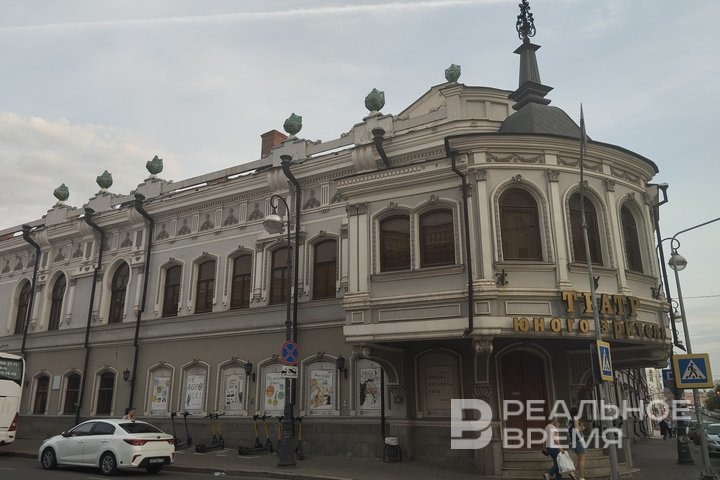
TYuZ (Ostrovsky, 10)
If we talk about the Soviet period of the history of the former Merchant Assembly, then it was here that the future Kamala theatre opened the first season. After that, the House of Tatar Culture moved in here with exhibitions, performances, and lectures. In the future, the TYuZ bid farewell to Khadi Taktash — his body was put on display in the foyer. Two friends Adel Kutui and Taktash decided that if someone dies first, the second one will throw a handful of earth into his grave. Kutui, who became objectionable at that time, was not allowed to do this, and there are memories of this by the young Amirkhan Yeniki.
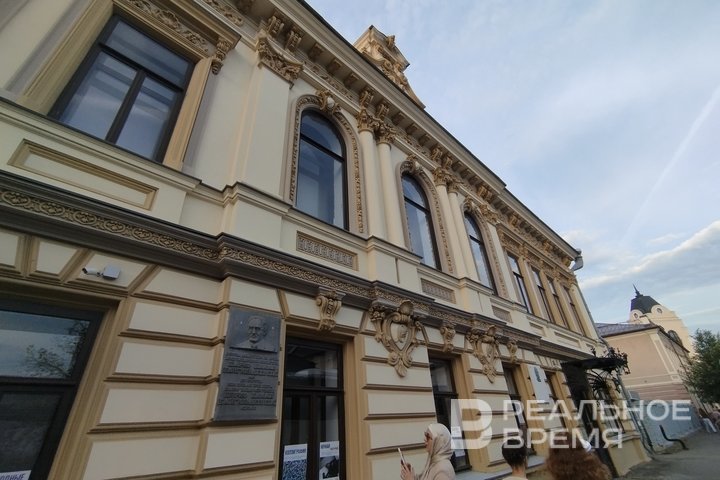
House of the Tatar Book (Ostrovsky, 15)
Although back in 1944 it was decided that the entire former Zhuravlev house, where writer Sharif Kamal lived on the second floor, would turn into a museum of (world) literature, ordinary Kazan residents lived here until 1980. History has preserved the legend that the director of the Pishmash plant (which was located in front of the modern Cabinet) by the name of Elizarov once kicked out children who came to meet with the beautiful too early and started making noise. And on the ground floor there lived Nurgali Nadeev, an employee of the newspaper Kyzyl Yulduz, chairman of the Council of scientists for the education of the peoples of national minorities of the Orenburg province, who arranged for the homeless Jalil in the Orenburg military party school. And at one time there was also a library here. But for the last 5 years it has been the House of the Tatar book with its excursions, concerts, performances and generally an entertaining life.